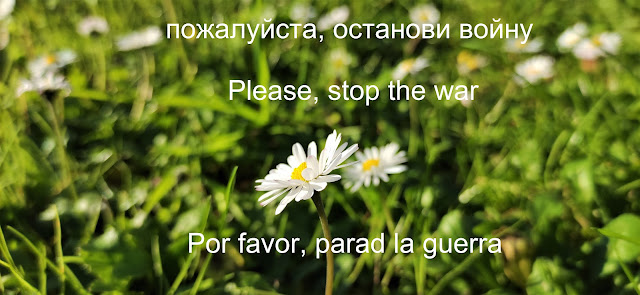 |
| Reaching out, Thomas J. Price. Chillida Leku. |
La pieza, de casi tres metros de altura, representa a una joven negra mirando un teléfono móvil que sostiene en sus manos. La obra de Price invita al espectador a reflexionar sobre el modo en que se representa a las personas negras y su posición tanto en la esfera pública como en el contexto de la historia del arte. La escultura está hecha de bronce fundido, un metal utilizado durante siglos, tradicionalmente asociado con el estatus y el poder. La obra también representa el concepto de conectividad y las complejas relaciones entre los individuos y la sociedad.
The statue is 9 feet (2.7 m) tall and weighing 420 kilograms. The work is deliberately not based on any particular woman. She is depicted on her mobile phone. Thomas Price says “I want this sculpture to be an opportunity for people to connect emotionally with an image of someone they might not have noticed before”, Price said.
It has been installed on Three Mills Green near Stratford, east London, and is part of The Line, the city’s only dedicated public art walk, which follows the Greenwich meridian.
This is only the third statue in the United Kingdom of a black woman, and the first by a black sculptor. The other two are the one of Mary Seacole outside St Thomas’s hospital and a representation of black motherhood in Stockwell. Reaching Out would have been the fourth if the artist Marc Quinn had succeeded in persuading authorities in Bristol to keep his pop-up sculpture of Jen Reid, the Black Lives Matter protester, longer than 25 hours. Prior to the installation of Quinn's piece, Price had been invited by TIME to contribute an article discussing the legacy of colonial monuments and the removal of the Colston statue. Within the article, Price noted "White artists are putting themselves forward to create replacement sculptures of slave owners with no sense of irony. That’s a saviour complex, and that exemplifies what is wrong, when even the solution doesn’t involve the Black experience".
Hay tres personas a las que admiro por encima de todas las demás en la historia de la humanidad. Creo que son tres personas absolutamente extraordinarias. Casualmente dos de ellas son negras, la otra no es blanca: Martin Lhuter King, Nelson Mandela y Mahatma Gandhi. Cualquier texto de cualquiera de los tres hace más por la reivindicación de la igualdad que ver a una adolescente con apariencia de estar ligeramente sobrealimentada y colgada de un móvil. ¿Es esto lo que queremos enseñar y reivindicar? ¿No tiene el arte nada mejor que ofrecer?


De acuerdo contigo en todo, un abrazo.
ResponderEliminarMuchas gracias,Sergio.
EliminarOtro abrazo.